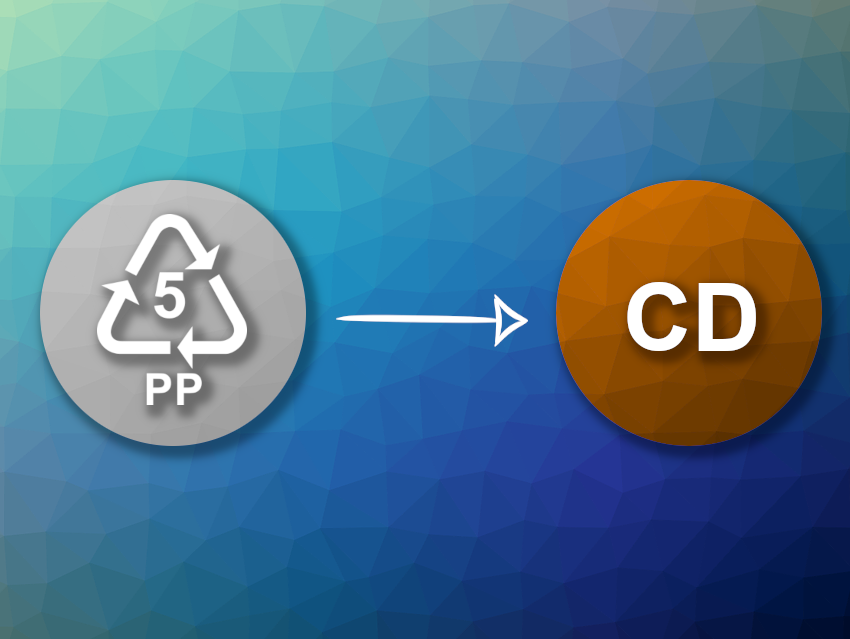Polypropylene (PP) is a polymer that can be challenging to recycle due to its high thermal and chemical stability. Some polymers have been used as precursors for the synthesis of carbon dots (CDs), a type of carbon nanomaterial with useful optical properties such as photoluminescence. However, polyolefins such as PP have received fairly little attention in this context due to their thermal stability. Existing approaches to the upcycling of PP to carbon dots can have issues such as the presence of unreacted PP in the product.
Deirdre M. O’Carroll, Rutgers University and The Governor’s School of New Jersey in Engineering and Technology, Piscataway, NJ, USA, and colleagues have developed a two-step synthesis to prepare luminescent carbon dots from PP with full conversion. The team first converted the PP to PP nanoparticles (NPs) via a dissolution/reprecipitation method. For this, they dissolved PP in toluene at an elevated temperature and rapidly added ethanol, in which the polymer is less soluble, while stirring. After cooling, the solvents were removed to obtain the desired nanoparticles. In a second step, the PP NPs were dispersed in concentrated sulfuric acid and carbonized at 120 °C, 150 °C, or 180 °C.
The researchers found that the PP NPs have average sizes of ca. 265 nm, shrinking to an average of ca 69 nm after carbonization at 120 °C. The carbon dots obtained at this temperature have a low quantum yield (0.2 %). The size of the carbon dots decreases with rising reaction temperatures, and the size distribution becomes narrower. After conversion at 180 °C, the carbon dots have diameters around 2.5 nm, and there was no unreacted PP detected. At this temperature, the resulting CDs have a high quantum yield of 10.3 %. According to the researchers, the method could also be promising for polyethylene and other polymers as long as there is a suitable solvent pair for the preparation of the polymer nanoparticles.
- Polypropylene-Derived Luminescent Carbon Dots,
Yongqi Yang, Sneha Sreekumar, Robert V. Chimenti, Maxim Veksler, Kai Song, Sofia Zhang, Daphne Rodas, Victoria Christianson, Deirdre M. O’Carroll,
ACS Materials Lett. 2024.
https://doi.org/10.1021/acsmaterialslett.3c01419



![Synthesis of [c2]Daisy Chains via Mechanochemistry](https://www.chemistryviews.org/wp-content/uploads/2025/04/202504_RotaxanesWithSolidStateMechanochemistry-125x94.png)